PROJECT BUHAY (“bu-hai” translates to “life”)
Rural communities together protecting an irreplaceable Philippines

A mega-diverse country
The Philippines is one of a handful mega-diverse countries in the world. What does this mean? Among the greatest concentrations of marine and terrestrial wildlife species in the world live here — at least 20,000 of which cannot be found anywhere else. These mega-diverse areas represent only a tiny fraction (2.5%) of the earths total surface, however are home to nearly half of the world's endemic species.
This irreplaceable home to countless endemic species is also a deforestation hotspot. Deforestation poses a serious threat to agriculture, livelihoods and ecosystem functions such as the water cycle and erosion prevention. Just 7% of the original closed-canopy forest cover remains. This makes the Philippines one of the most severely deforested countries in the world.
A vulnerable population
At least 26 million people live below the poverty line and millions more are struggling to stay above it.
In addition to deforestation, the Philippines is among the most vulnerable countries to climate change due to its geographical location and low elevation. Low-income households, often residing in areas most exposed to the risks of climate change, are disproportionately affected by climate-related disasters in the country.
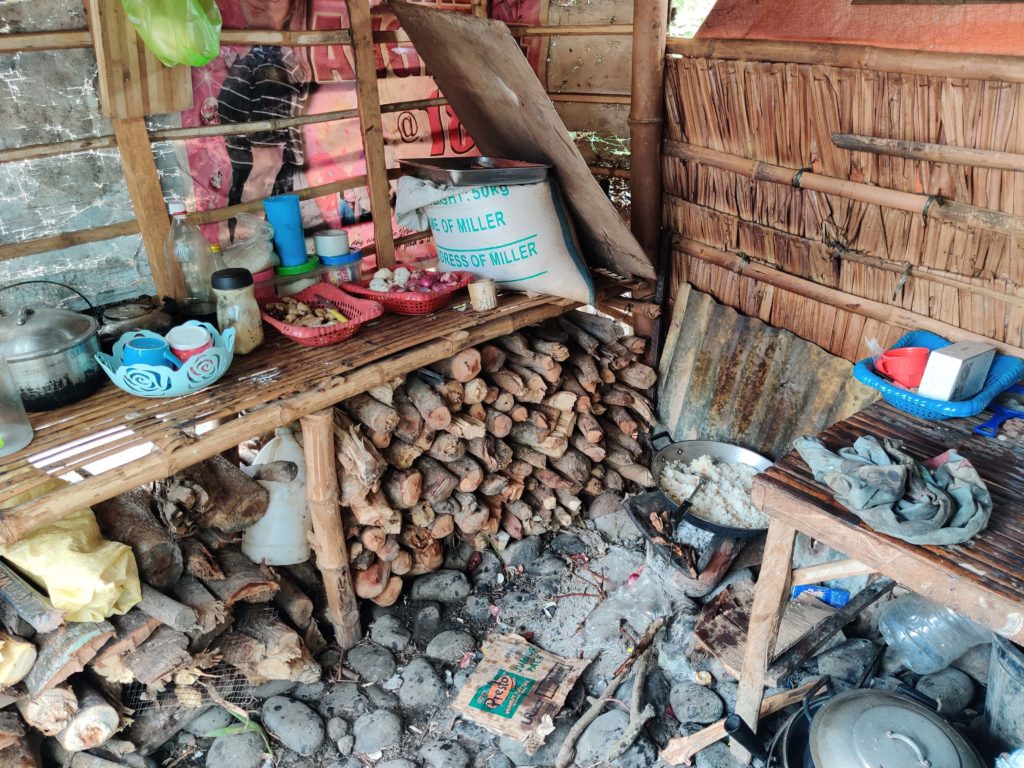
An environmental and social issue
Over 53 million Filipinos use open fire traditional cooking; utilizing wood and charcoal as their cooking fuel. For Filipinos, traditional cooking is part necessity, part culture and part preference. These reasons, compounded by the direct costs, means it is unlikely there will be a dramatic change in cooking methods towards LPG or electricity within the near future.
Households Statistics
2-8t
Wood Burned
4-15+
Trees Cut Down
4-16t
tCO2e Released
5-25
Hours/wk Gathering
Households using traditional cooking methods require anywhere from 2 - 8 tonnes of wood per year to perform simple cooking functions. This demand for firewood exacerbates an already serious strain on nearly depleted local forestry. These trees that would otherwise be absorbing CO2 ends up getting burned and instead releasing CO2 into the atmosphere contributing to climate change.
Burning wood for cooking is a silent killer for humans and for the environment. Humans suffer from numerous respiratory diseases, including cancer, resulting in over 4 million deaths each year.
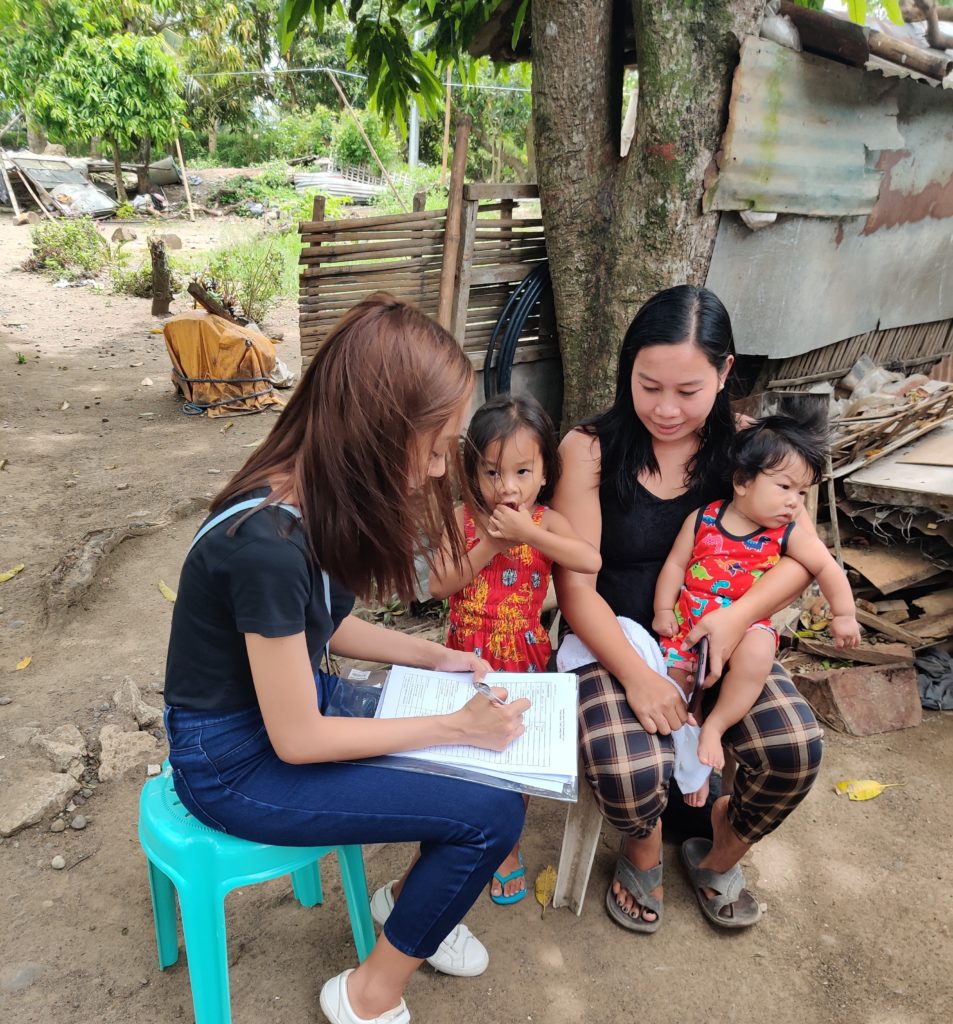
A big step in the right direction
Project Buhay will be the first project of its kind to be accredited by the Verra Standard and SD VISta Certification in the Philippines. This process involves rigorous assessment by independent auditors, awarding us the confidence and ability to access carbon finance for continuing our mission.
We not only aim to make meaningful reductions in CO2 output but also improve the livelihood of the communities we work with. To achieve this, our goal is quite straightforward — to provide to the most vulnerable and impoverished households a new high fuel-efficiency stove.
The efficient stoves were designed not with the goal to change traditions that have been existing for generations, but to lessen the damage that it causes to themselves and to the environment.
These stoves have the power to change a community's trajectory. They will reduce the pressure on local forests, significantly reduce CO2 output, lengthen lifespans by reducing indoor air pollution by up to 90%, and each household will free up valuable time that was previously spent collecting wood.
Using Our Stoves
90% Less
Particles inhaled
~70% Less
Wood Needed
~$180 USD
Saved Annually
81% Less
CO2 Emissions
Contribution to SDGs
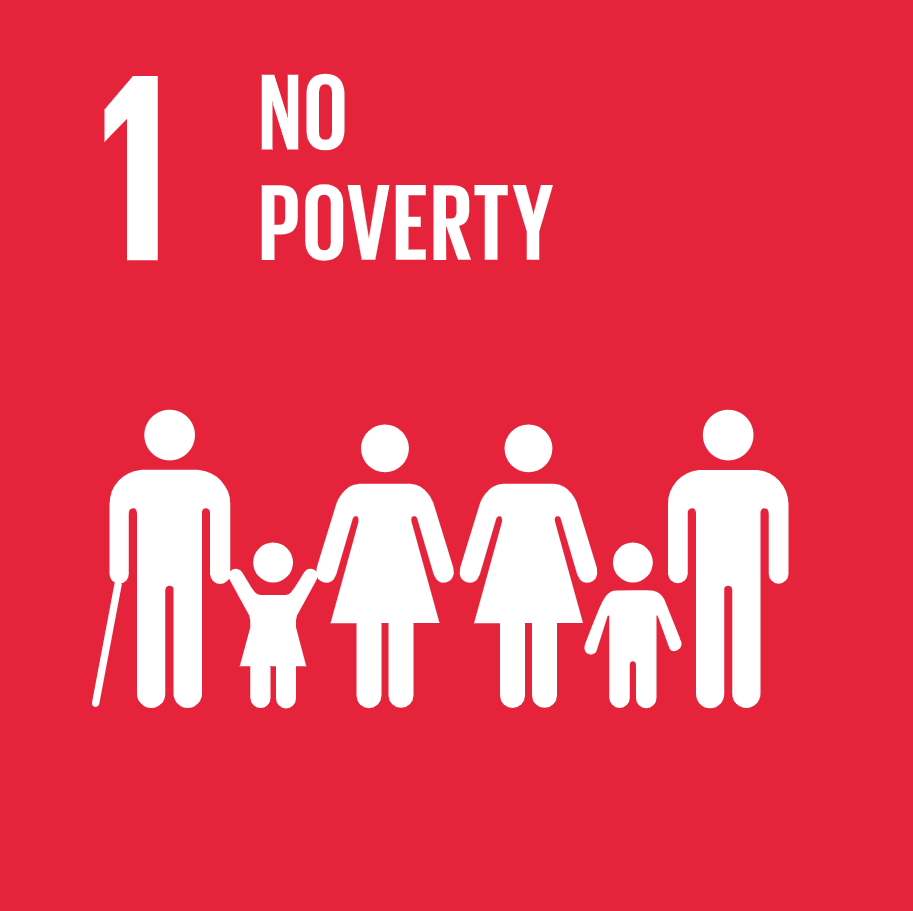
Creating prerequisites to escaping poverty. Improving health, enabling productivity and saving them money.
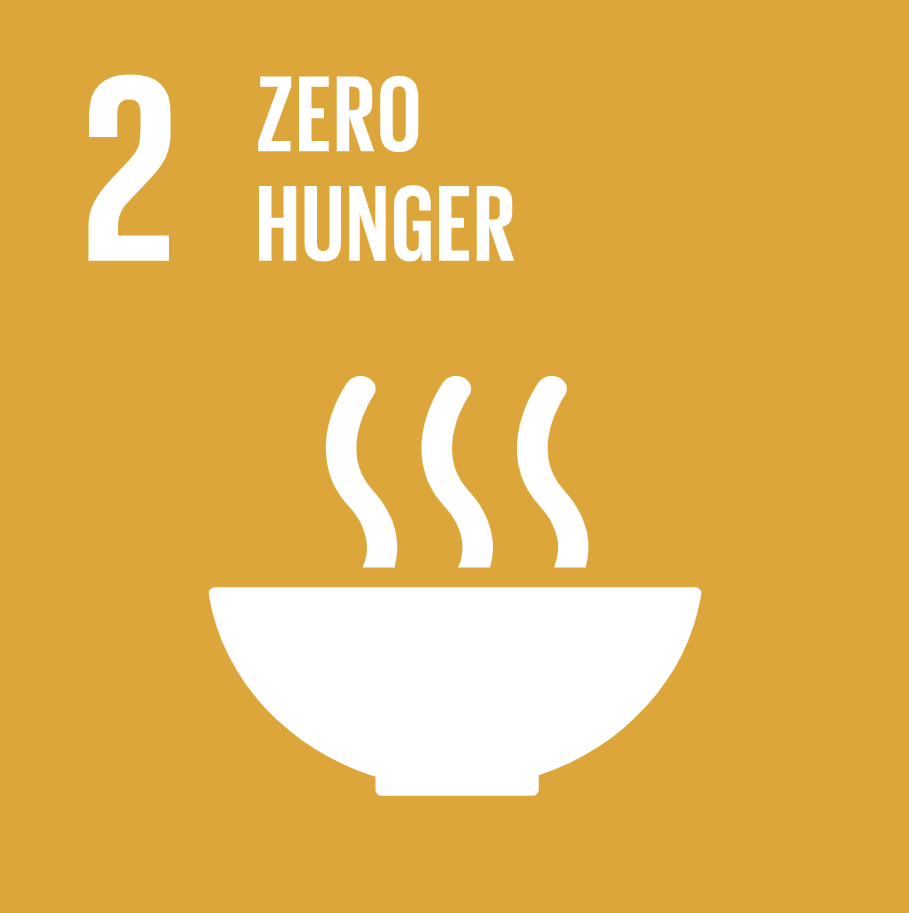
Enabling households to better allocate time and money resources to meet nutritional needs.
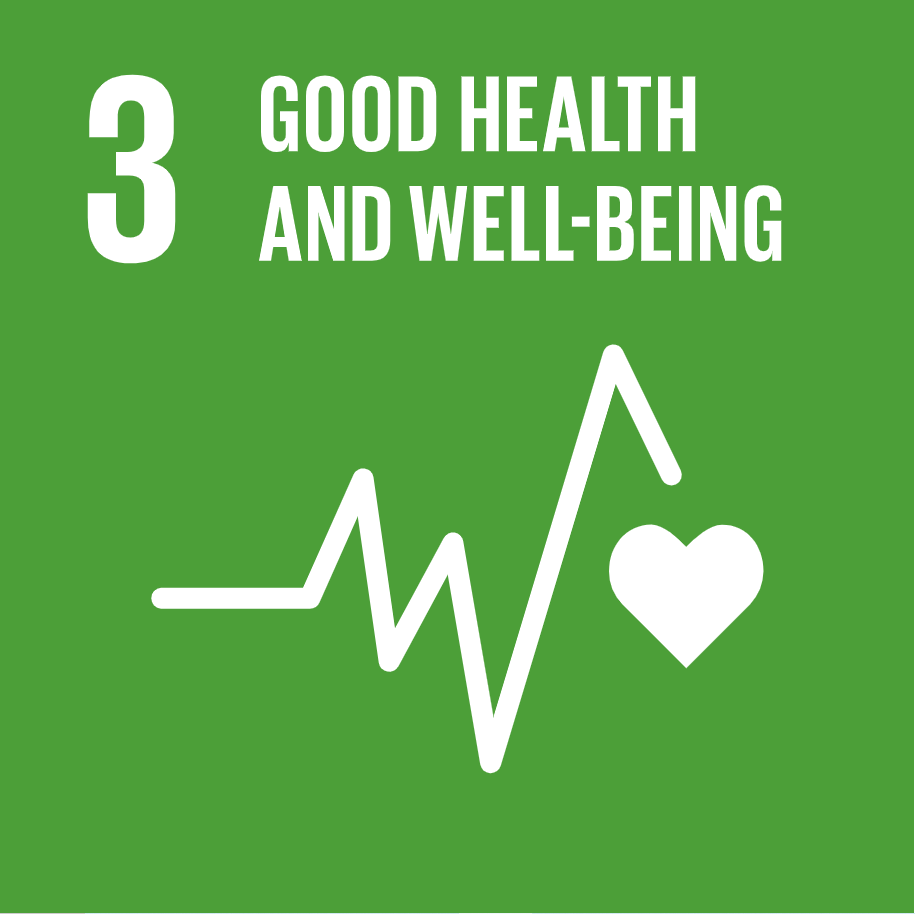
Healthier living from a dramatic reduction in exposure to household air pollution and threats while collecting wood.
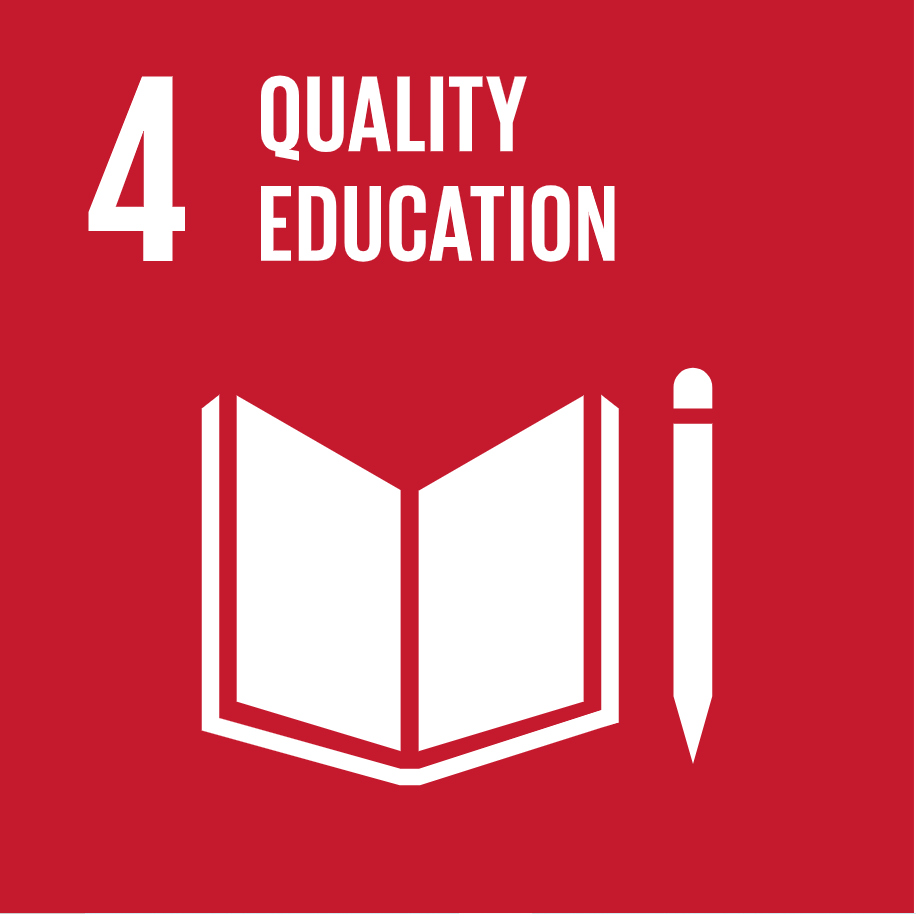
Less time collecting wood allows children, especially girls, stay in school.
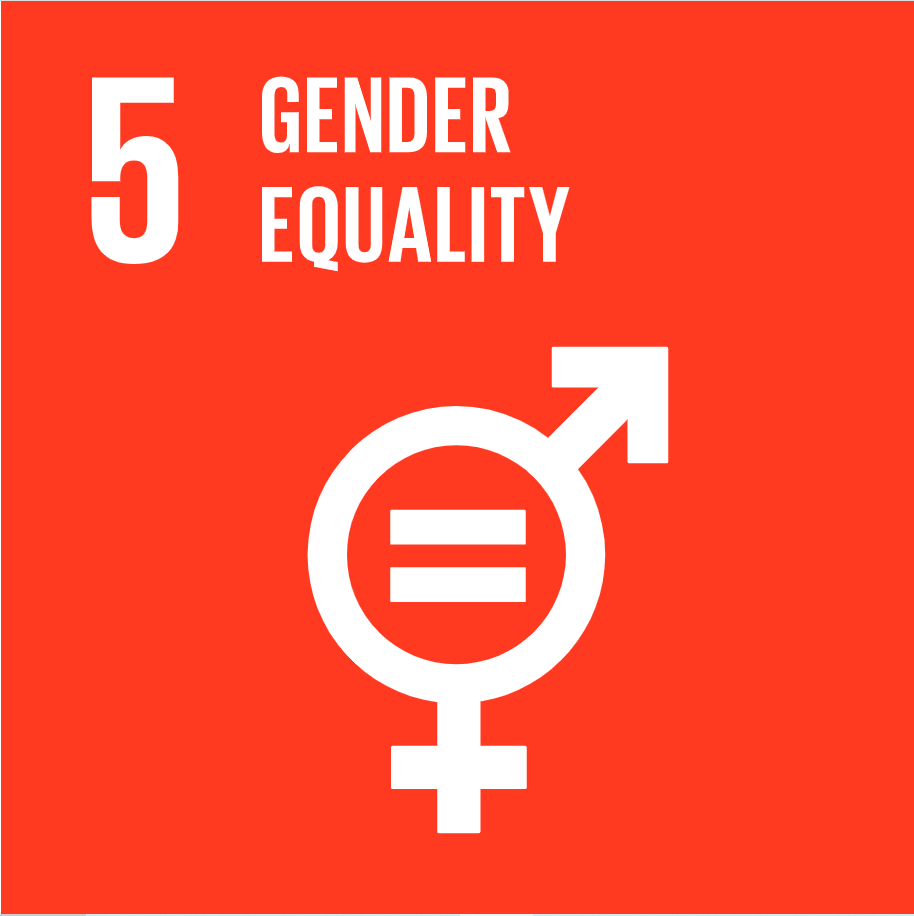
Time saved on care work which can be redeployed to higher perceived value activities.
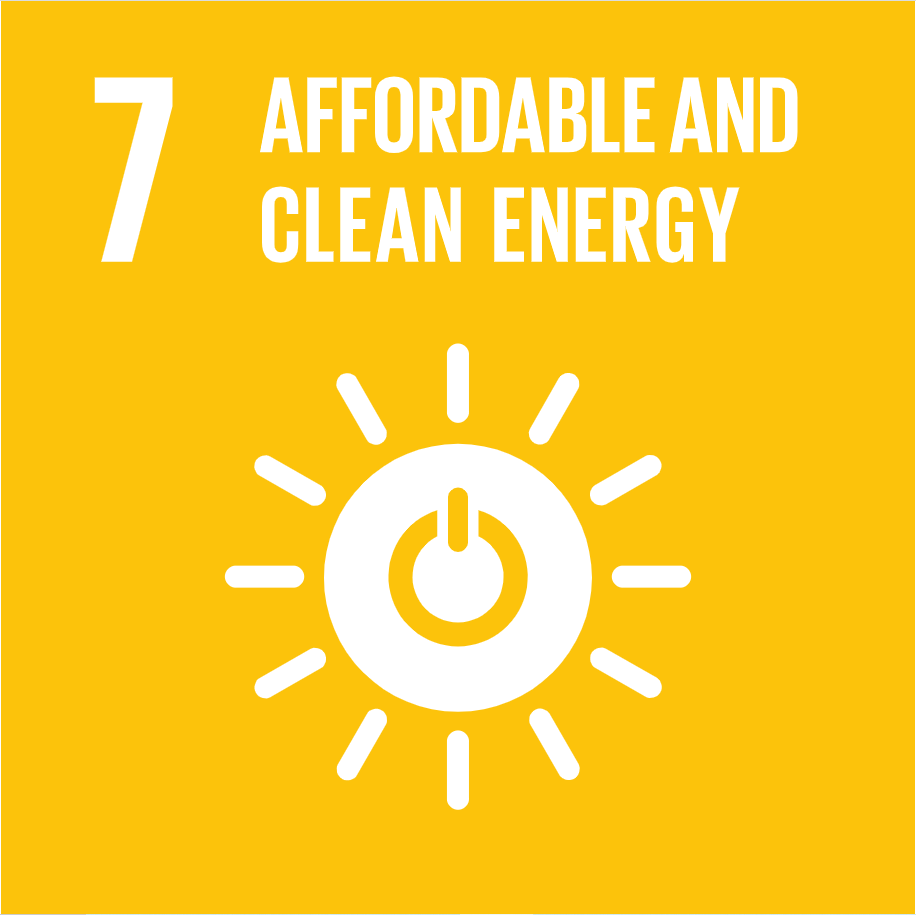
Significant reduction in wood fuel used and CO2 released into the atmosphere.
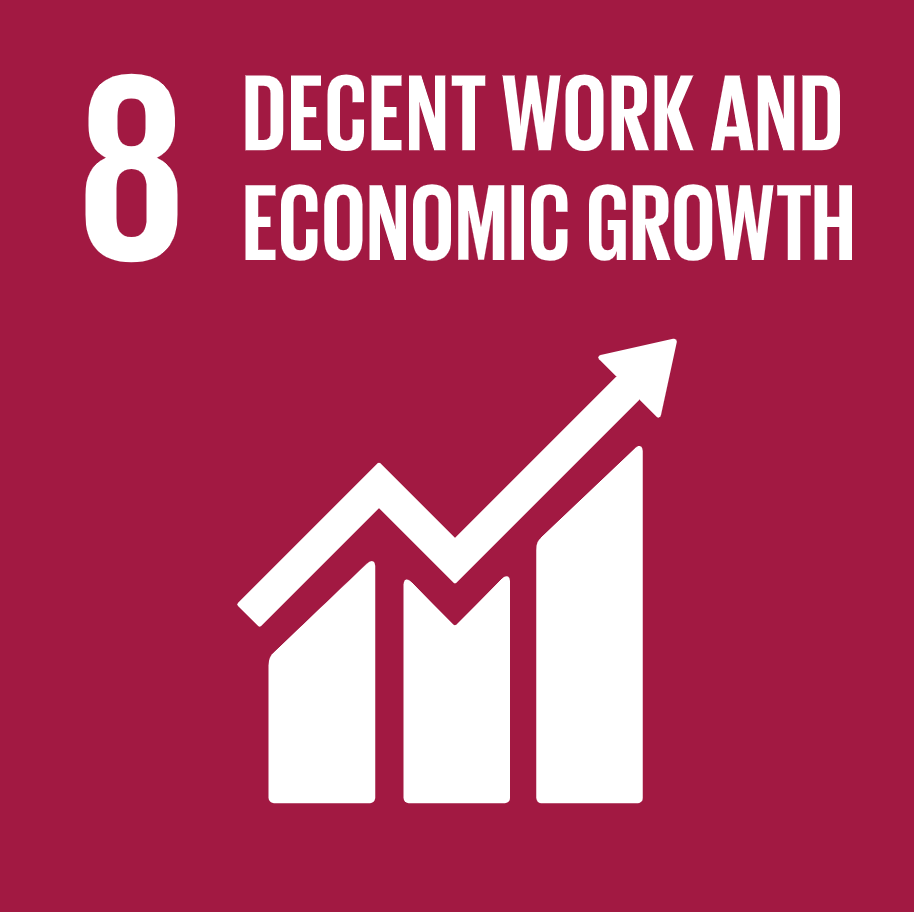
Enabling more productive use of time leads to job creation and entrepreneurialism.
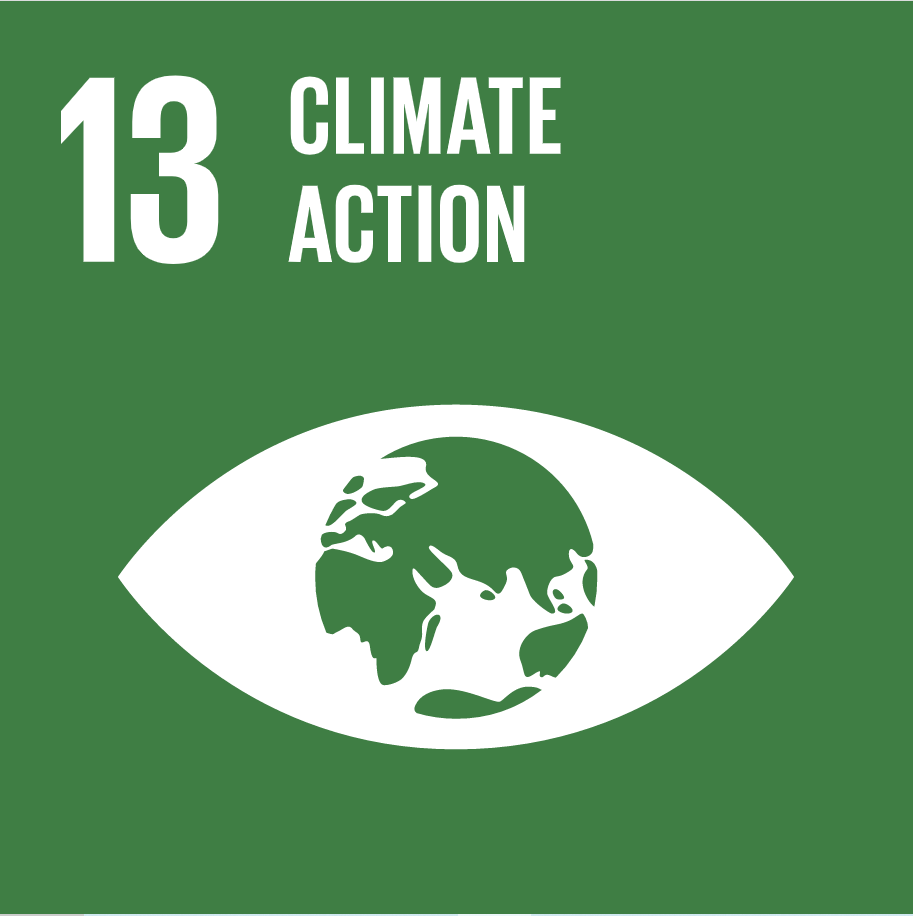
Reduces harmful emissions from burning wood in inefficient stoves.
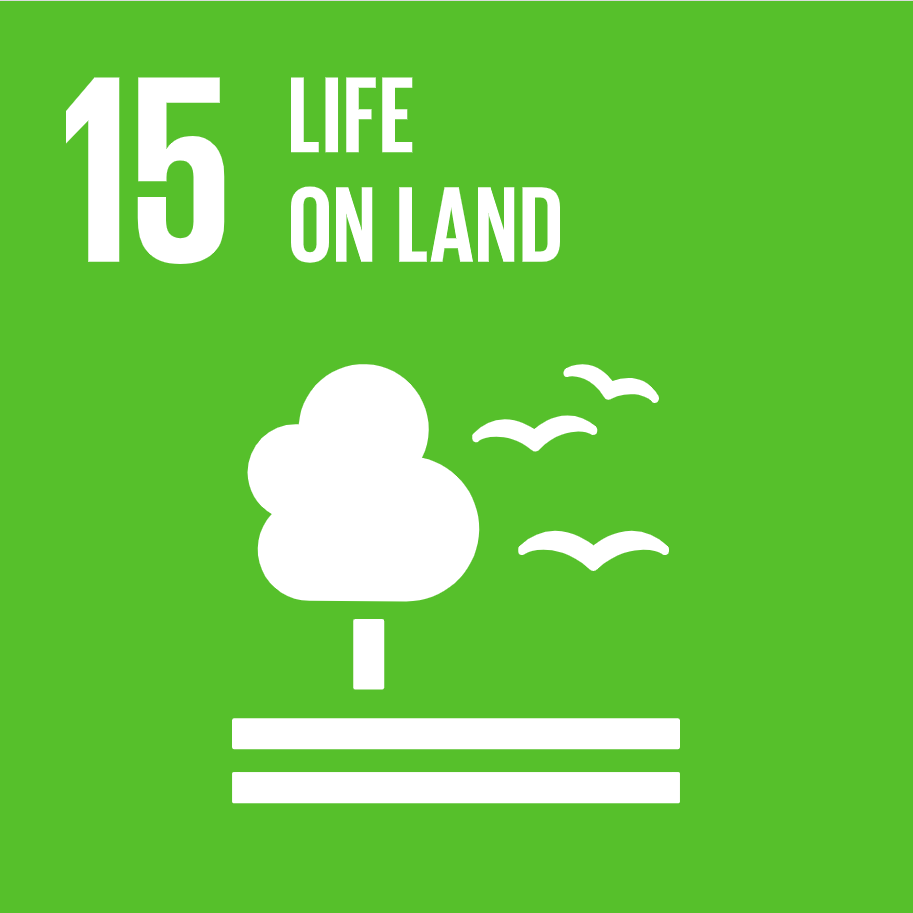
Reduces pressure on forest resources by using significantly less wood fuel for cooking.